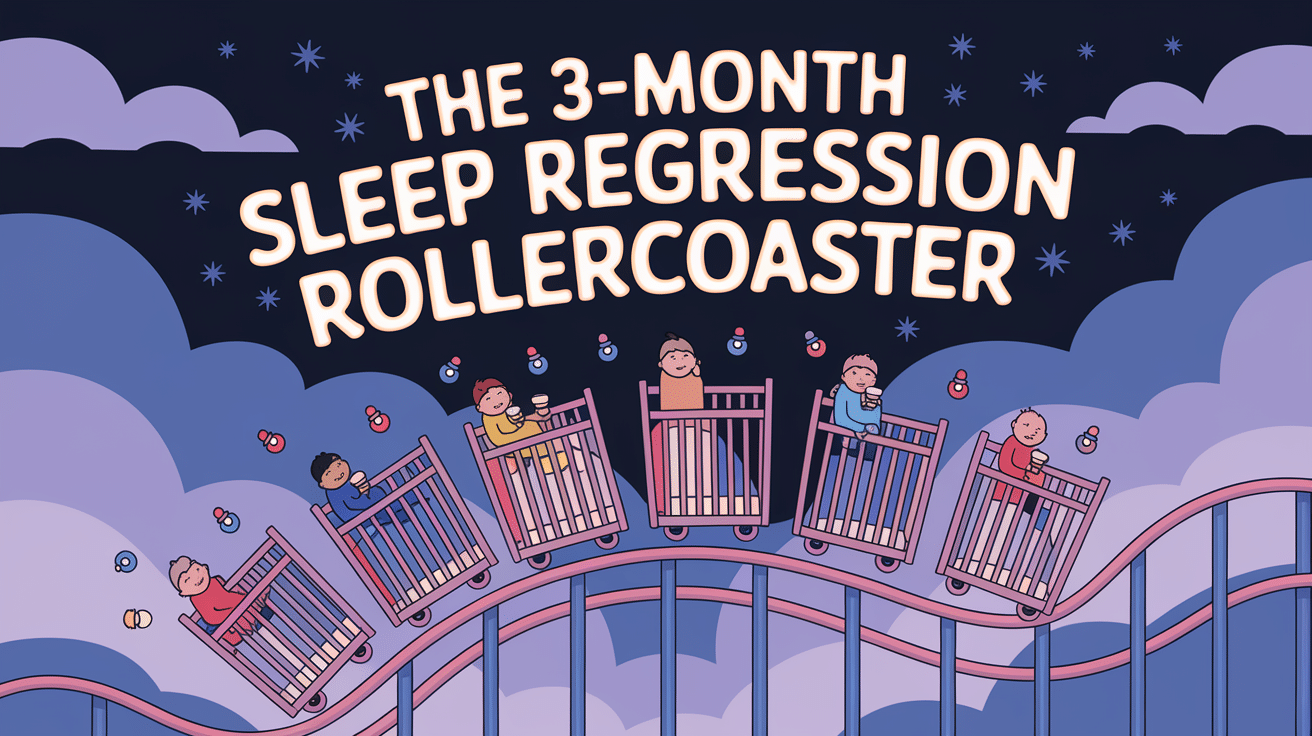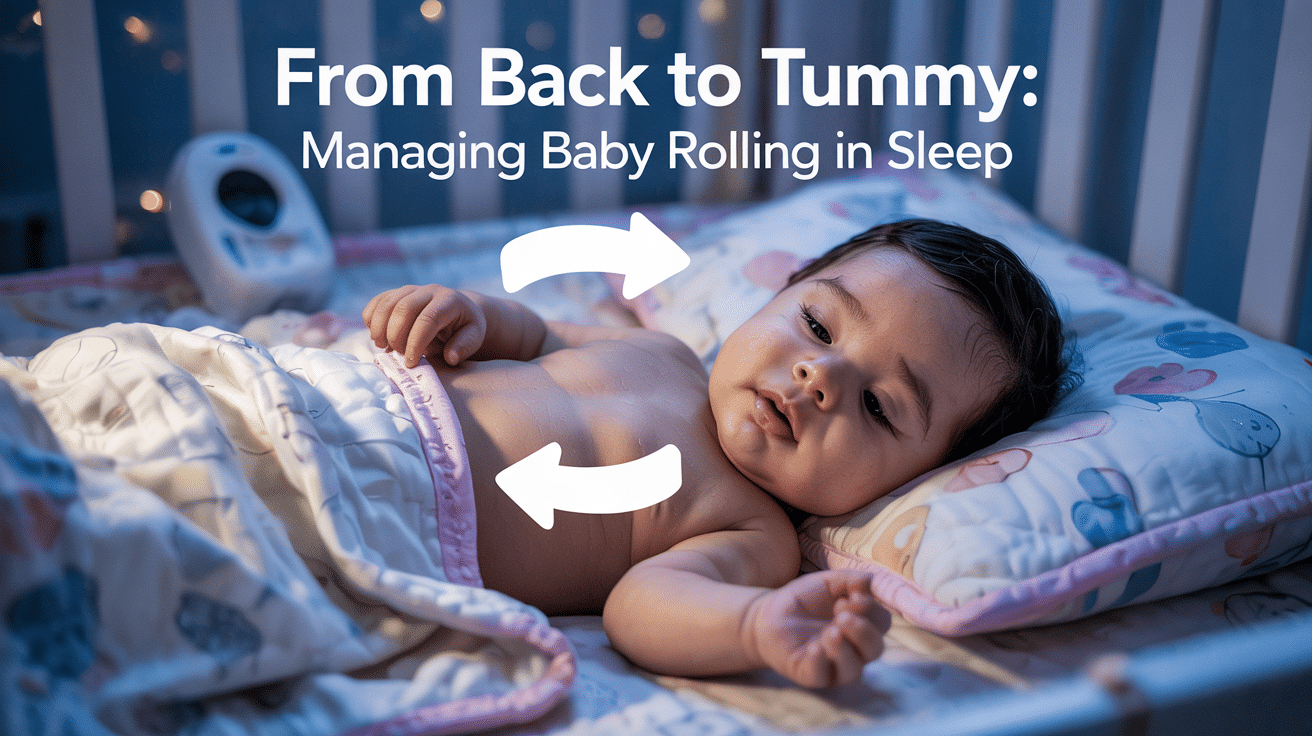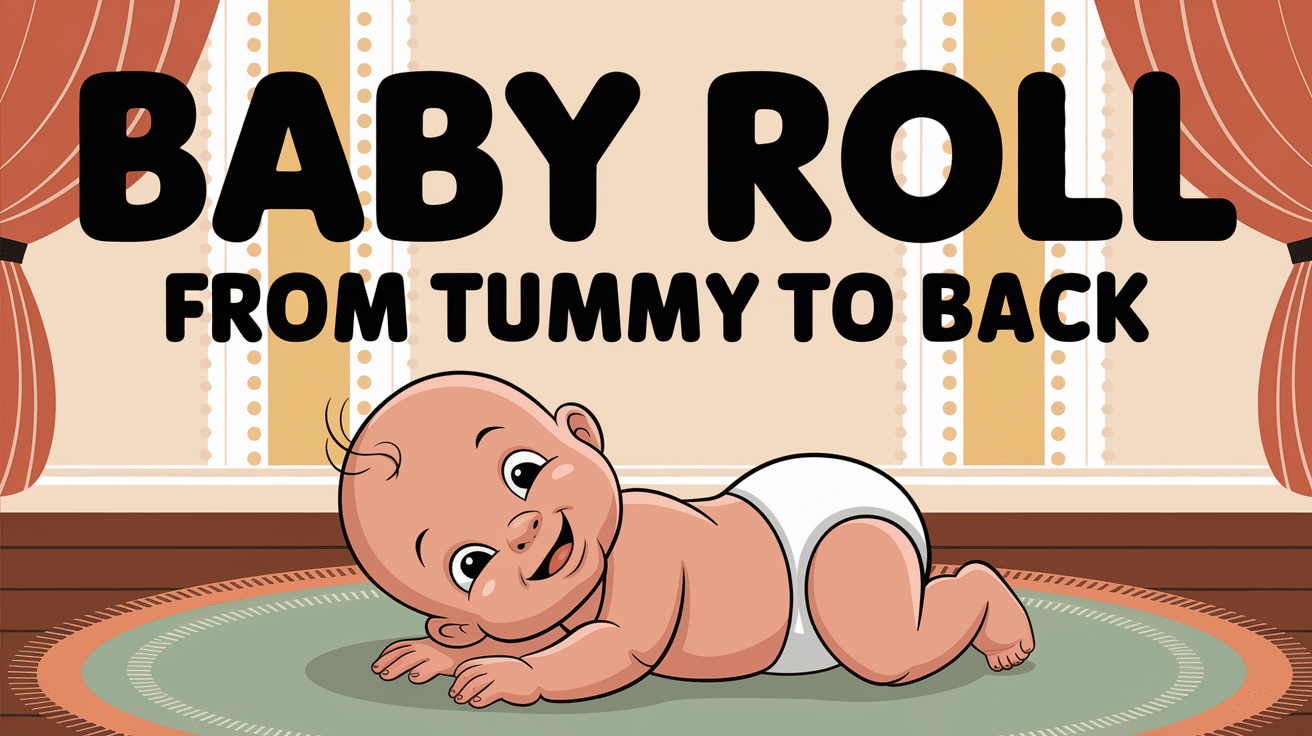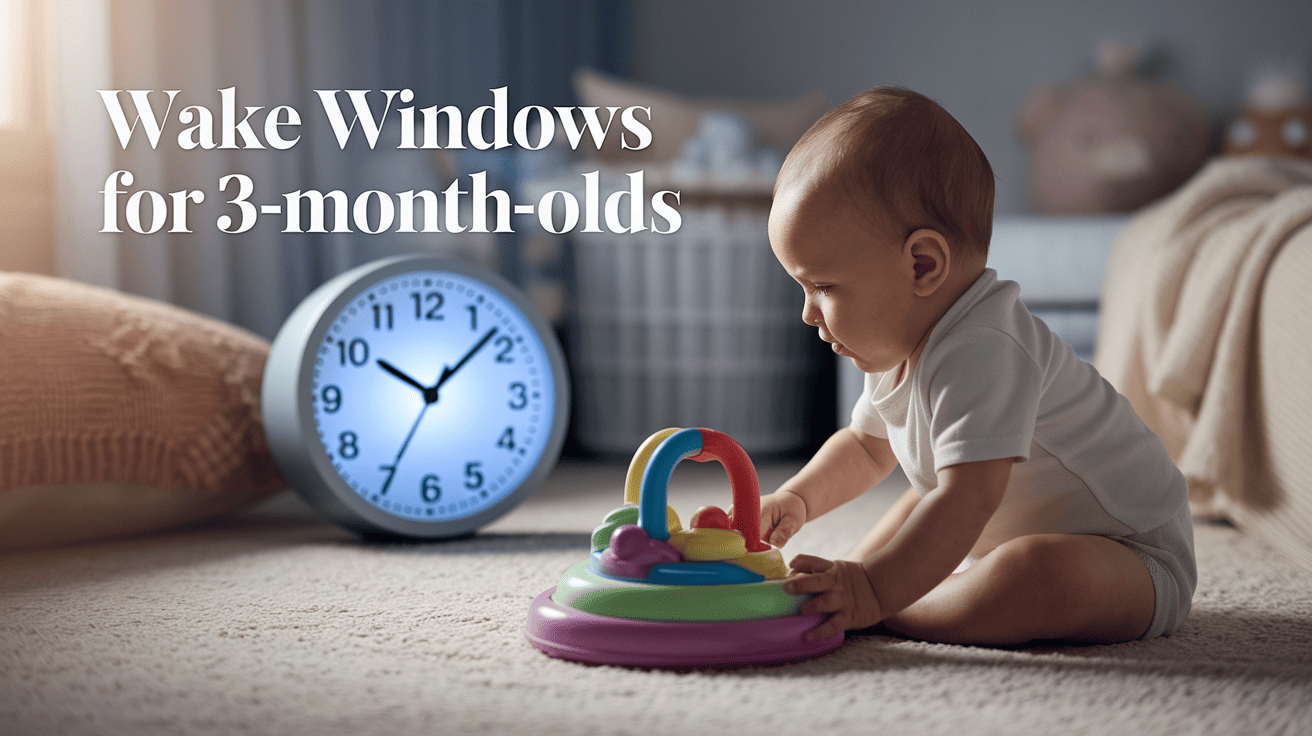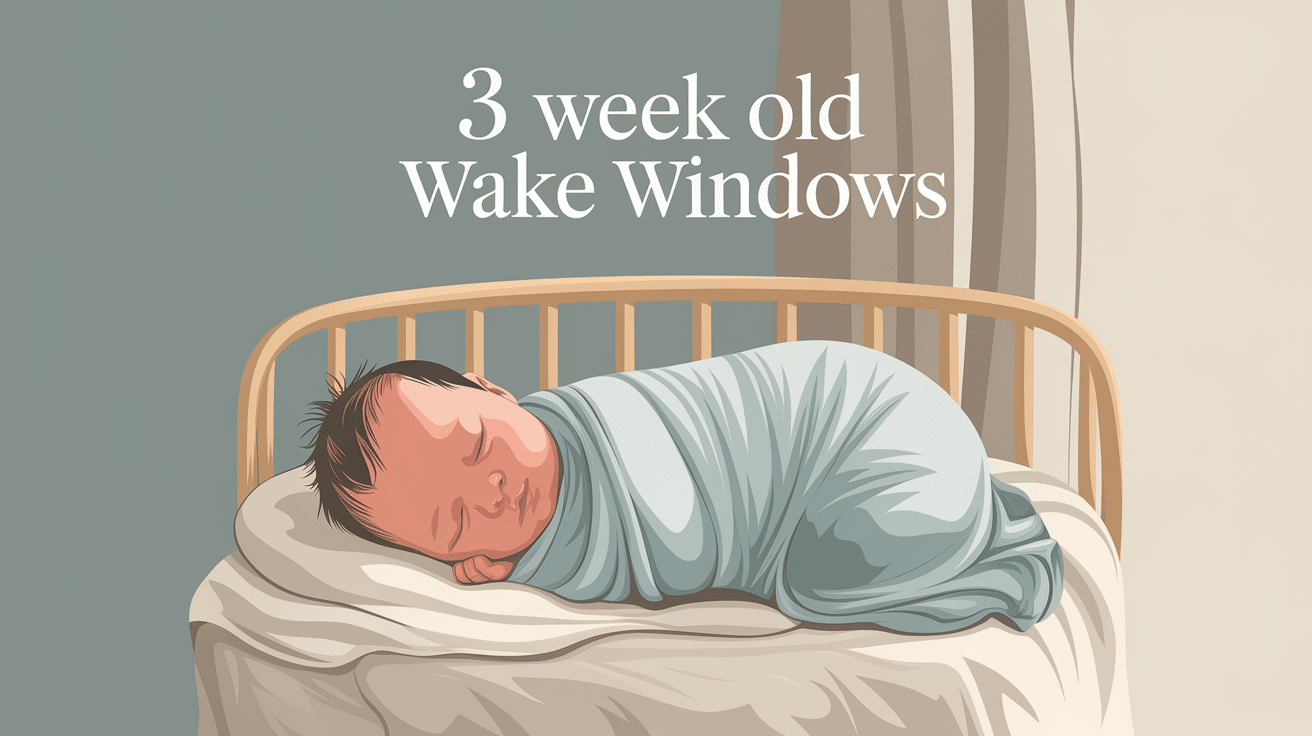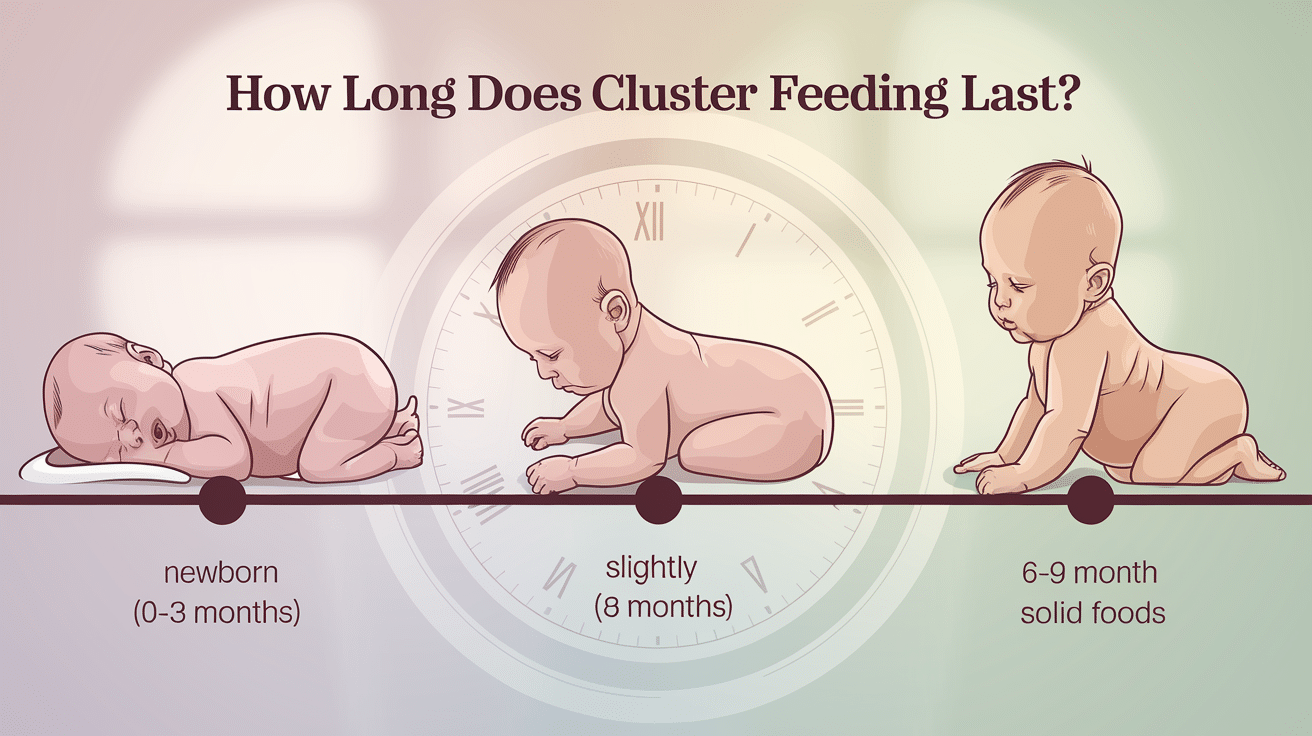
Establishing a breastfeeding and pumping schedule is crucial for new mothers who want to balance infant nutrition with personal needs. Finding a rhythm that works for both you and your baby can reduce stress and help maintain your milk supply.
Most newborns feed 8-12 times daily (every 2-3 hours), while older babies typically need fewer sessions.
When incorporating pumping, consider scheduling sessions after morning feedings when milk production is naturally higher or replacing feedings when away from your baby.
Did you know? The body can adapt to your pumping schedule – consistency helps train milk production to occur at specific times.
Remember that every mother-baby pair is unique. Listen to your body and watch your baby’s signals to develop a schedule that feels sustainable rather than overwhelming. Flexibility and patience are key as you steer through this important experience.
What’s the Big Deal About a Good Schedule?
A feeding schedule does three big things:
- Helps your baby grow with the food they need
- Keeps your milk supply strong
- Gives you some control in a time when not much feels in your control
But here’s what no one tells you: the best schedule is one you can actually follow. Too strict? You’ll feel like you failed. Too loose? You might miss feedings that keep your supply up.
The goal is balance, not perfection.
How Breastfeeding Works?

Your body is smart—really smart. When your baby feeds, your body gets the message to make more milk; this is called supply and demand.
The process is simple:
- Baby sucks at the breast
- This triggers hormones in your body
- These hormones tell your breasts to make milk
- The more often this happens, the more milk you make
- That’s why frequent feeding matters so much in the early weeks. Your body is learning how much milk your baby needs.
How Pumping Fits Into the Mix?

Pumping is like telling your body, “Hey, we need milk here too!” It works the same way as breastfeeding—removing milk signals your body to make more.
When you might pump:
- If you’re away from your baby
- To build up a stored supply
- If your baby can’t breastfeed directly
- To ease fullness or prevent clogs
Important fact: Many women don’t get as much milk from a pump as their baby gets when feeding. This is normal and doesn’t mean you have a supply issue.
How Often Should You Breastfeed or Pump?
The basic rules:
For newborns (0-1 month):
- 8-12 feedings in 24 hours
- About every 2-3 hours
- Include night feedings (yes, they matter!)
For older babies (1-6 months):
- 6-8 feedings in 24 hours
- About every 3-4 hours
- Night feedings may continue based on the baby’s needs
For exclusive pumping:
- Pump as often as baby would feed
- Aim for 8 pumping sessions for newborns
- Each session should be 15-20 minutes
The signs your baby is hungry matter more than the clock. Look for:
- Rooting (turning head seeking the breast)
- Hand-to-mouth movements
- Increased alertness
- Fussing or light crying
Waiting until they cry hard can make latching harder.
Sample Schedules: Real-Life Ideas
Here are some sample schedules that worked for real moms. Remember, these are just starting points—adjust them to fit your baby’s needs!
Newborn Direct Breastfeeding Schedule (0-1 month):
| Time | Activity |
|---|---|
| 6:00 AM | Wake and feed |
| 8:30 AM | Feed |
| 11:00 AM | Feed |
| 1:30 PM | Feed |
| 4:00 PM | Feed |
| 6:30 PM | Feed |
| 9:00 PM | Feed |
| 11:30 PM | Feed |
| 2:00 AM | Feed |
| 4:30 AM | Feed |
Working Mom Schedule (3-month-old baby):
| Time | Activity |
|---|---|
| 6:00 AM | Breastfeed before work |
| 9:00 AM | Pump at work |
| 12:00 PM | Pump at work |
| 3:00 PM | Pump at work |
| 5:30 PM | Breastfeed after work |
| 8:00 PM | Breastfeed |
| 10:30 PM | Breastfeed before bed |
| 3:00 AM | Nighttime breastfeed |
Exclusively Pumping Schedule (2-month-old):
| Time | Activity |
|---|---|
| 6:00 AM | Pump and feed baby |
| 9:00 AM | Pump and feed baby |
| 12:00 PM | Pump and feed baby |
| 3:00 PM | Pump and feed baby |
| 6:00 PM | Pump and feed baby |
| 9:00 PM | Pump and feed baby |
| 11:00 PM | Pump and store milk (partner feeds baby) |
| 3:00 AM | Pump and feed baby |
These schedules can change as your baby grows. A 6-month-old might only feed every 4 hours, while a newborn needs to eat more often.
Tips to Make It Work
- Track feedings with an app or notebook until you get into a rhythm
- Set alarms for pumping if you’re away from baby
- Prepare pump parts the night before work
- Keep water and snacks near your feeding spot
- Create a comfy feeding station with everything you need
- Learn to pump on one side while feeding on the other
- Accept help when offered—it’s not a weakness, it’s smart
My best tip: When things get tough, focus on just the next feeding, not the whole day or week.
What If Things Don’t Go As Planned?
They won’t. At some point, something will go off track. That’s not failure—it’s life with a baby.
When challenges come:
- Does supply seem low? Check baby’s weight gain and diaper count first—they’re better indicators than how your breasts feel
- Baby refusing to feed? It could be a growth spurt, teething, or just a phase
- Pumping output dropping? Check your pump parts, try a different time of day, or look at your stress levels
- Too tired to keep up? Ask for help with other tasks so you can focus on feeding
Bad days don’t mean bad moms. One tough day (or week) doesn’t define your breastfeeding journey.
Storing Milk: How to Keep It Safe
Proper storage keeps your liquid gold good:
Room temperature (77°F or cooler):
- Up to 4 hours best
- Up to 6 hours acceptable in very clean conditions
Refrigerator (40°F or cooler):
- Up to 4 days best
- Up to 8 days acceptable in very clean conditions
Freezer (0°F or cooler):
- Up to 6 months best
- Up to 12 months acceptable
Pro tip: Store in 2-4 oz portions to avoid waste, and label with the date!
Caring for Yourself During Breastfeeding

Let’s be honest: breastfeeding takes a lot from you—physically and mentally.
For your body:
- Drink when thirsty (no need to force fluids)
- Eat regular meals with extra 300-500 calories
- Rest when possible (I know, easier said than done)
- Wear comfortable clothes that allow easy nursing access
For your mind:
- Set realistic goals
- Know that feeling touched-out is normal
- Ask for help before you’re desperate
- Connect with other nursing moms
Most important: Your worth as a mom is not measured in ounces of milk.
Final Thoughts
Finding a breastfeeding or pumping schedule isn’t about being perfect—it’s about finding what works for your unique situation. Remember these key points:
Your body and baby are designed to work together. Trust this natural process, but don’t hesitate to seek help when needed.
Flexibility matters more than rigid timing. Some days will go exactly as planned, and many won’t. That’s normal.
Every feeding relationship is different. What works for one mom-baby pair might not work for you—and that’s okay.
I want you to know that you’re doing something amazing by feeding your baby, however you do it. The love and care you show matter more than any schedule or method.
Be patient with yourself. This gets easier. And when things feel tough, remember—you’re not alone, and you absolutely can do this.
Frequently Asked Questions
How Do I Know if My Baby Is Getting Enough Milk?
Look for 6-8 wet diapers daily, regular bowel movements, steady weight gain, and an alert, content baby. These signs matter more than how your breasts feel or how much you pump.
Will Pumping Between Feedings Create an Oversupply?
It can, but not always. If you’re pumping to build a stash, try pumping just once per day, about an hour after your morning feeding when milk levels are naturally higher.
How Do I Maintain My Supply When Returning to Work?
Pump as often at work as your baby would normally feed at home. A good rule is every 3 hours for a minimum of 15 minutes, even if you don’t get much milk during a session.
Can I Combine Breast Milk from Different Pumping Sessions?
Yes, but cool freshly expressed milk first before adding it to already refrigerated milk. Always use the date of the oldest milk for storage guidelines.
What if I Can’t Stick to a Regular Schedule?
That’s completely normal! Focus on feeding totals per 24 hours rather than exact timing. Most babies need 8-12 feedings daily in the early months, but the exact timing can vary.



















